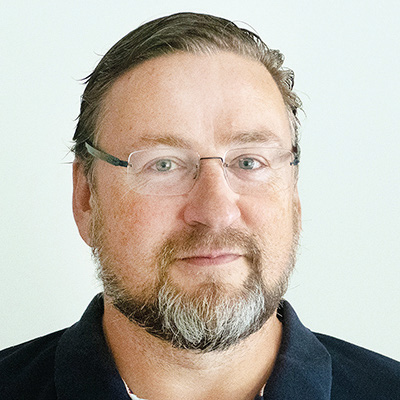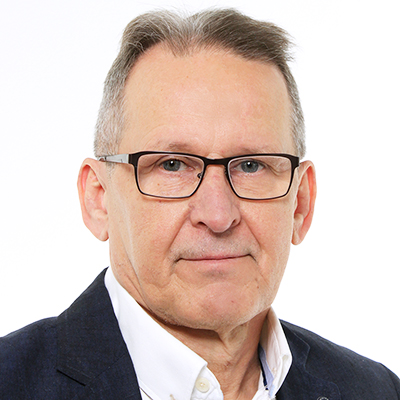15/06/2023
How to remove barriers to offshore wind power?
The Baltic Sea holds a substantial but largely untapped potential for offshore wind, which can accelerate the phase out of Russian energy by replacing fossil fuels. However, offshore wind projects often face big challenges. For example, their timetable often depends on the availability of expensive wind turbine installation vessels. To solve this, Elomatic has developed a solution that eliminates the need for offshore liftings.
Countries surrounding the Baltic Sea have announced that they will strengthen their energy cooperation and energy resilience as a response to Russian aggression in Ukraine. They see a huge potential for offshore wind, which can replace fossil fuels through for example electrification, increasing renewable fuels and a green hydrogen economy.
The countries have set combined ambitions for offshore wind in the Baltic Sea region of at least 19.6 GW by 2030, seven times the current capacity, and they recognize the substantial potential for offshore wind power in the Baltic Sea basin, reaching up to 93 GW. They will pursue faster permitting processes and strive for a balanced coexistence of economic and ecological needs.
The availability of wind turbine installation vessels is a major limitation
Offshore wind turbine sizes are continuously growing and demanding bigger wind turbine installation vessels (WTIV), which cannot pass the waters between Sweden and Denmark due to either height or draft limitations. US waters also have local restrictions as there is a shortage of domestically built WTIVs as required by the Jones Act.
These challenges can be solved by eliminating offshore liftings. A new gravity-based Float Foundation solution, developed by Elomatic, allows the foundation including the wind turbine to be floated and installed in the final location where it is lowered to the seabed. The solution is especially suitable for the Baltic Sea, where bed rock causes issues in many locations with traditional monopiles.
The Float Foundation solution is based on long-term offshore experience
The development of the Float Foundation solution started originally in Elomatic Pori office, where our experts have long offshore experience. The task was to protect the port quayside from ice. The work generated a pile solution with an innovative way to drive it into the seabed without using hammering. The concept was further used as a basis for different kinds of solutions in the shallow-water Caspian Sea oil and gas-related studies.
Development continued with the task of replacing artificial rock islands used in the oil and gas industry. Drawbacks with the rock islands include long construction times out at sea and the involvement of a lot of dredging, excavation, mass transportation for filling, and concrete works. On top of this, building up the topside equipment and systems is a costly offshore operation. In harsh conditions, rock islands typically need to be ice barrier protected to minimize erosion and ice entering the island.
The goal was to enable local manufacturing
The solution selected was to go with a steel structure with patent pending outer skirt technology (pile concept) that can withstand environmental conditions without protection such as ice barriers. Instead of constructing the artificial island out at sea, the work was moved to a site located onshore. A method for floating the construction out and finally lowering it to the seabed was needed. All the top side equipment was designed to be installed already prior to floating out the island.
The design focused on keeping the steel structure as easy to manufacture as possible in order to be able to maximize local work in cases where it is seen as a social benefit. A cost-efficient, environmentally friendly solution was born, which put the industry into change mode with the existing conventional execution plans.
Heading towards wind energy
With the growing need in the offshore wind industry, our engineers continued to develop the solution. Once again, the target was to minimize offshore work and, in this case, eliminate the need for the special purpose WTIVs. These vessels are limited in number and the growth demand for renewable offshore wind energy will be limited by the lack of vessels for years to come. At the same time, already expensive offshore lifting is expected to continue to increase in cost.
A new challenge was that the artificial island needed to be made submergible for the final location. To solve this, installation barges were introduced for the lowering procedure. In the solution, strand jacks between barges and the foundation are used in combination with ballasting of the foundation.
Other benefits of Float Foundation
A complete Float Foundation solution utilizes the patent pending skirt solution that has many benefits, such as handling high side loads in ice conditions. A family of patents with innovations related to the solution have been internationally filed.
The structure of the Float Foundation is mainly designed in such a way that typical shipbuilding technology can be utilized. Manufacturing of the solution can thus be contracted to many suppliers in various parts of the world, enabling cost competitive construction also taking automated production lines into account.
Yet another feature no other design but Float Foundation has is the possibility to install wind turbines in ultra-shallow waters, 3–9m, enabling new potential wind harvesting areas. Current Float Foundation designs have been made for turbine sizes of 15MW and to water depth areas between 3–45m. In addition, sizing of the foundations can be altered easily. Thus, the solution can cope with any size of turbine now and in the future.
How does the Float Foundation solution work?
- First, foundations are launched to sea and towed from manufacturing sites to the wind turbine assembly site near the final wind turbine farm location. The wind turbines are assembled by an onshore crane on a quayside on top of the foundation.
- Next, the foundations are towed to the final location out at sea. Using ballasting and strand jacks on installation barges, the lowering to the seabed is done. The skirt technology is used to self-dredge the foundations securely in place. After that, the gravity-based foundations enhanced with the wind-turbine-equipped skirts are ready for fossil-free production for years to come.
- At the end of its lifespan, the foundations can be refloated, leaving no material behind, and the steel can be recirculated.


